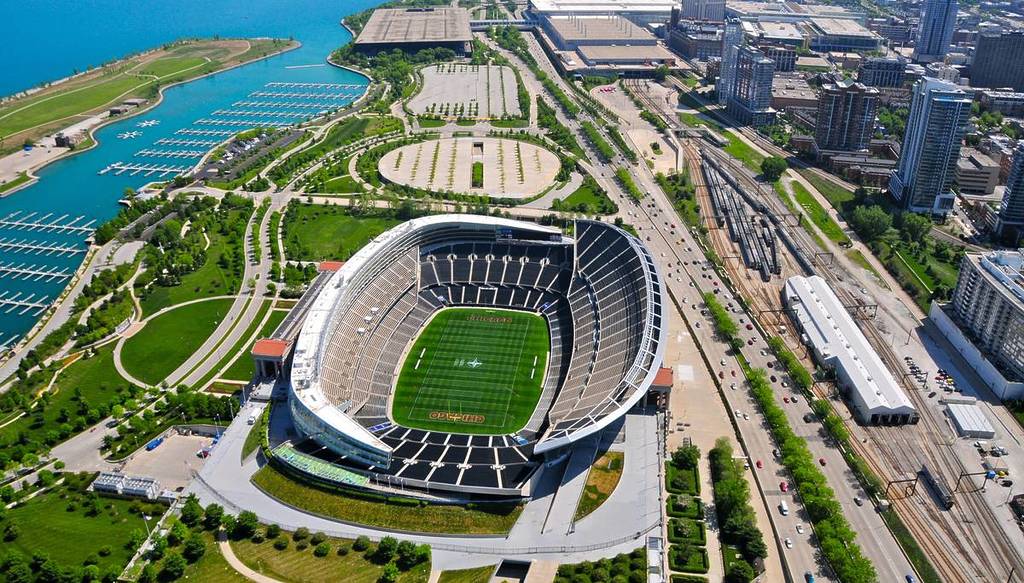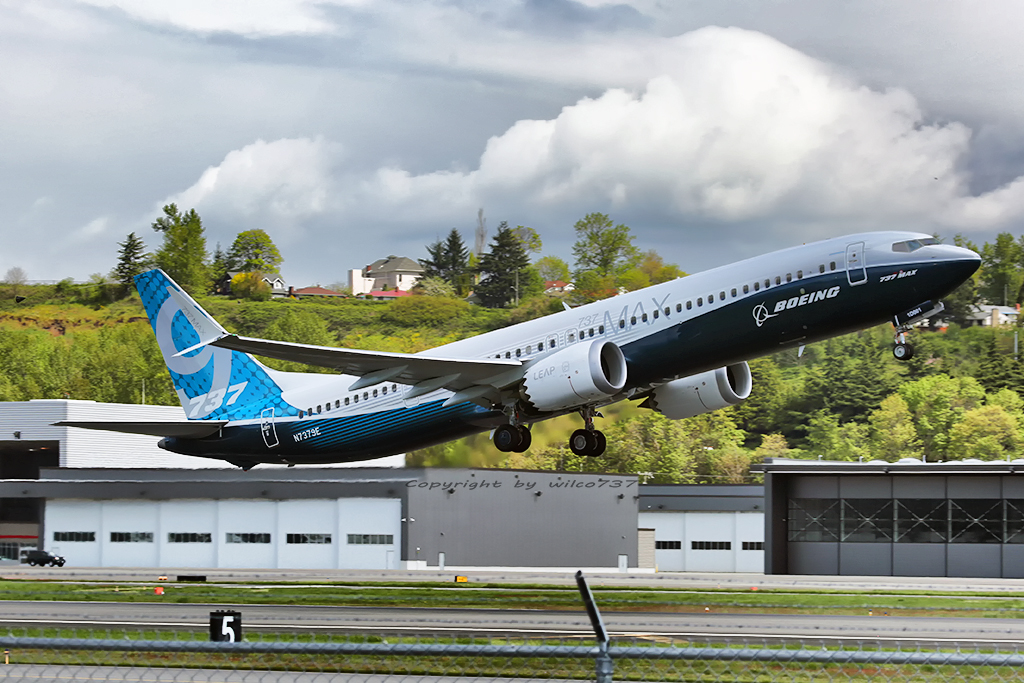The Chicago Bears have made a significant play off the field, announcing their intention to build a new publicly owned stadium on the city’s Museum Campus. This move has sparked a flurry of excitement and speculation, as it promises to keep the beloved team within the city limits while potentially transforming the lakefront area.
The Bears’ pivot towards a lakefront stadium, near their historic Soldier Field home, is a strategic one. With a commitment to invest over $2 billion of private funding, the team is showing a strong willingness to contribute to the city’s infrastructure. Bears President and CEO Kevin Warren has confirmed this commitment, underscoring the team’s dedication to the city and its fans.
However, the grand vision of a domed stadium comes with a hefty price tag, estimated to be around $3 billion for the stadium alone. This doesn’t account for the additional costs of developing the surrounding area. The plan also proposes to increase public space by 20%, a nod to appease local advocacy groups concerned about the use of the lakefront.
The announcement follows a recent request by White Sox Chairman Jerry Reinsdorf for $1 billion in state funding for a new stadium, prompting state legislators to urge both teams to collaborate on a unified proposal. The timing is not coincidental, as sports and stadium consultant Marc Ganis pointed out, suggesting the Bears are making sure they’re part of the funding conversation.
The financial implications are significant, especially considering the city still owes over $589 million on the 2002 renovation of Soldier Field. The Bears and the NFL contributed $200 million to that project, with the rest financed through bonds backed by a hotel tax. With the current proposal, questions arise about the potential for public funding and the impact on taxpayers.
Economic experts like University of Chicago’s Allen Sanderson express skepticism about the profitability of such stadium projects, citing underwhelming revenue projections and the limited use of football stadiums. Civic Federation President Joe Ferguson echoes these concerns, urging public officials to proceed with caution and avoid repeating past mistakes with public-private partnerships.
Despite the uncertainties, the prospect of a new stadium has generated buzz among Bears fans and city residents. The potential for hosting mega-events like the Super Bowl and the Final Four adds to the excitement. Mayor Brandon Johnson has expressed optimism about the plans, emphasizing the importance of private investment and public benefit.
The Bears’ decision to focus on a lakefront stadium represents a shift from their previous plan to build in suburban Arlington Heights. While the Arlington Heights community expresses disappointment, many Chicagoans are relieved, preferring the team to maintain its identity within the city.
The Bears are finalizing their plans, while Chicago and its residents eagerly await more details. The potential for economic growth, job opportunities, and improved public spaces is exciting, but the financial viability and impact on taxpayers are crucial factors. The Bears’ ambitious proposal for a new domed stadium on the Museum Campus could be a game-changer, but the outcome is still uncertain.
Related posts:
Bears’ new stadium plan raises funding questions as taxpayers still owe $589M on Soldier Field
Chicago Bears moving forward with plan for new domed stadium on lakefront
Chicago Bears plan new stadium south of Soldier Field





